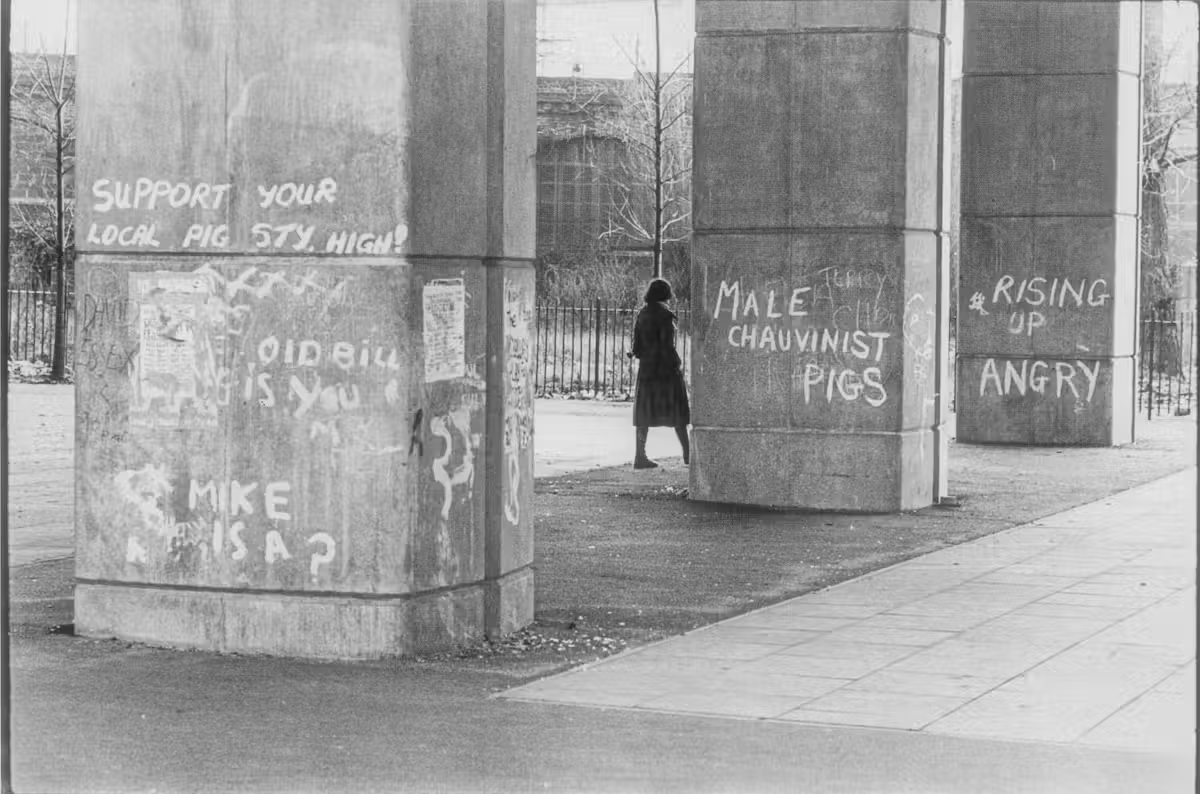Faustian architecture: reborn in 2025
Coarse concrete façades and uncompromising geometric angles – once labeled as “cold and depressing”, Fauvism is now making a stunning comeback. 2024’s release of the film Fauvism was a shot in the arm, reinterpreting this architectural language as a totem of resilience and creativity. In this wave of revitalization, we not only see the bare steel and concrete reborn, but also witness a profound conversation about the nature of architecture.
The poetic awakening of concrete
The lineage of Fauvism can be traced back to the 1950s, when it emerged from the post-war ruins.
When the declaration “decoration is evil” resounded through the architectural world, pioneers such as Le Corbusier spun the French philosophy of “béton brut”, composing a functionalist rhapsody with angular geometric blocks. The exposed structural joints and unadorned texture of the walls were the architects’ honest calling cards to the world.
However, during the economic downturn of the 1970s, these concrete monoliths became symbols of urban decay. The cold silhouettes of government buildings and the monotonous repetition of neighborhood housing gave the Fauves a bad name. As the bulldozers rolled over countless masterpieces, who would have thought that, half a century later, it would be this “imperfect” reality that would knock on the door of a new era?
The Beastie Boys: Reconstructing the Soul of Concrete
Brady Corbett directs this visual epic in which the fate of the fictional architect László Tóth is intertwined with the spirit of the Fauvists. Adrien Brody plays a Hungarian immigrant who pours his ideals out of concrete in post-war New York, where every mottled wall fold speaks of the dignity of survival. 70mm film captures not only the physical scale of the building, but also the resonance of space and humanity.
“When my fingertips cross the rough wall surface, I touch the soul of the building.” Brody’s epiphany reveals the magic of the movie – it transforms the coldness of concrete into a conductor of emotion. While the audience holds its breath as Toth revises his drawings in the morning light of the construction site, Fauvism has quietly completed its transformation from “architectural style” to “life narrative”.
The Aesthetic Uprising in the Age of Socialization
In 2025, the #BrutalismRevival hashtag is sweeping the globe on Instagram. From the sky-lined corridors of London’s Barbican Center to the cantilevered structures of Boston’s City Hall, young people are using filters to give concrete a gentle glow. The Guardian’s architecture critic, Ollie Wainwright, sharply noted, “This is not nostalgia, but an aesthetic affirmative action movement – a desire to touch the textures of the real world in the delicate bubble of the digital age.”
This awakening is in sync with the pulse of the times: today, with the concept of sustainability deeply rooted in people’s minds, the durability of Fauvism’s “100 years of no frills” has become a model for environmental protection. Tokyo’s new vertical community, the Concrete Forest, hides a rainwater recycling system in its rugged façade – a green heart beating in its old soul.
The Sculptor Who Saved Time
The road to revival is not a straight one. The University of East Anglia’s iconic Fauvism complex is facing an existential crisis due to concrete “osteoporosis”. This recalls the warning of Venetian architect Carlo Scarpa: “Maintaining bare structures is like guarding a candid character – it takes courage, and even more wisdom.”
Preservationists around the globe are already on the move: 3D printing techniques to replicate the broken texture, carbon fiber mesh to reinforce the aging skeleton. In Berlin, a concrete power plant abandoned for thirty years is reborn as a digital art gallery, where laser projections dance on brutalist walls – a marvelous rapprochement between history and future.
Manifesto for the Survival of Reconstructed Futures*
When the Venice Architecture Biennale 2025 awarded the Golden Lion to the Brazilian Fauvist Renovation Project, the jury’s citation was poignant: “They prove that architecture can be both a shelter and a manifesto.” Under the cloud of the climate crisis, Fauvism’s credo of “form follows function” is being given a new twist: emergency housing units in Manila are being folded out of concrete to create typhoon-resistant structures, and coastal barriers in Copenhagen are being transformed into public art installations.
As Toth says in The Beastie Boys, in a monologue at the completion ceremony, “It’s not the building we’re pouring, it’s man’s attitude toward time.” As the sun sets over Boston City Hall, a young girl holding up her cell phone to take a picture may be realizing that the so-called eternity is never found in the delicate carvings of the marble, but in the concrete’s frankly obvious signs of age.
References
- Archinect. (2024). The Brutalist Is a Cinematic Reflection of Brutalism.
- Wikipedia. (2025). Brutalist architecture.
- Frieze. (2025). ‘The Brutalist’: A Phenomenon, Not a Monolith.
- GoldDerby. (2025). 2025 Oscar winner predictions: The Brutalist takes the early lead.
Read More:
Ash Wednesday 2025: Date, Meaning, and Traditions Explained
Rep. Al Green’s Removal from the House Chamber
When is Daylight Saving Time 2025
-

Disney’s Live-Action Snow White Controversy Fully Explained: a Classic vs. Modern Tug-of-War
-
Tips and personal experience in buying auto insurance
-
Car Accident Guide: Handling Procedures, Insurance Claims & Legal Rights Explained
-
7 Key Reasons to Buy Life Insurance


